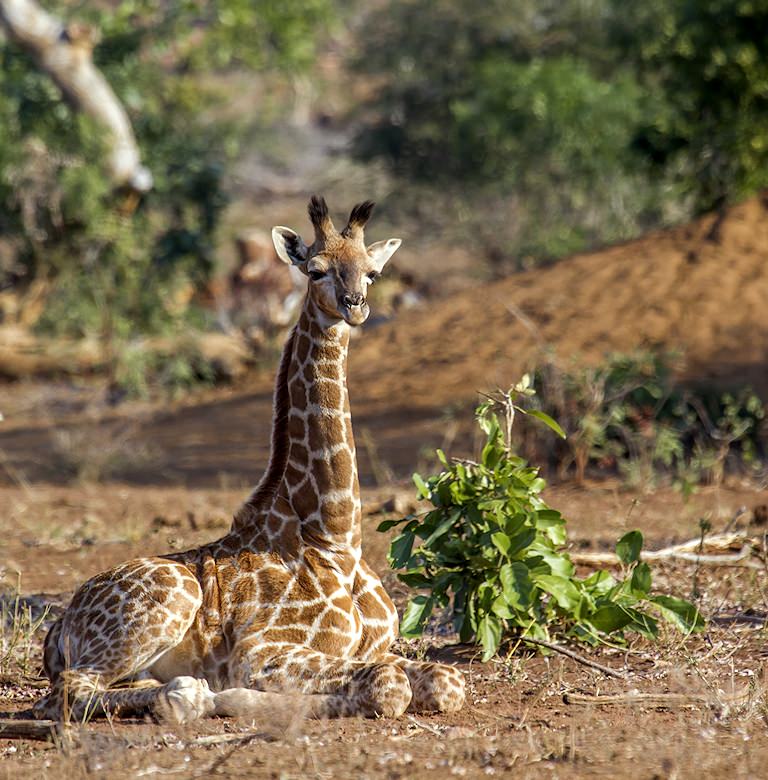7 Day In-Depth Kruger Park Safari
Help Me Plan- Home
- >
- African Safari
- >
- South Africa
- >
- 7 Day In-Depth Kruger Park Safari
Summary
Explore three distinct regions of the Kruger National Park on a privately guided safari that links the park’s northern, central, and southern sections. Enjoy varied landscapes, outstanding wildlife viewing, and flexible daily game drives tailored to your interests and pace.
- 2 Nights Northern Kruger Park
- 2 Nights Central Kruger Park
- 2 Nights Southern Kruger Park
Price Per Person Sharing From:
From: POAThe price can be reduced by substituting accommodations
What influences prices?
South Africa Safari Itinerary 7 Day In-depth Kruger Park Safari
Day 1: Northern Kruger National Park
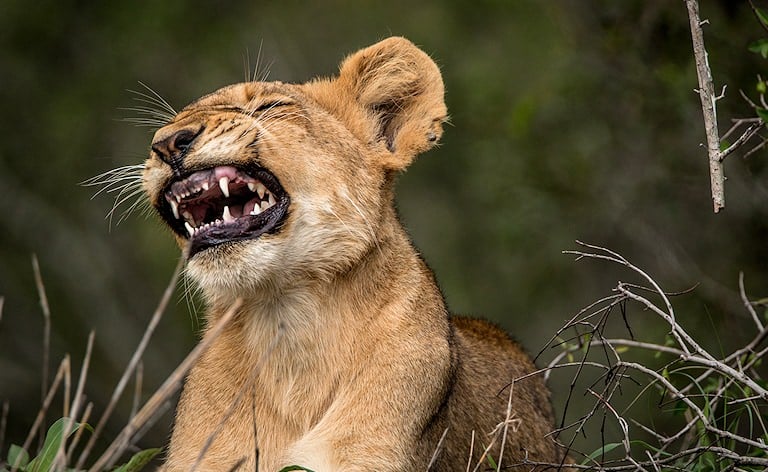
Highlights
- Scenic overland journey from Johannesburg via Polokwane and the Magoebaskloof area into the Lowveld.
- First entry into the Kruger National Park through Phalaborwa Gate with game viewing en route.
- Arrival and relaxing evening at Letaba Rest Camp overlooking the elephant-rich Letaba River.
Guests are met and welcomed on arrival at O. R. Tambo International Airport or at any convenient location in Johannesburg or Pretoria. From here, the journey heads north through the province of Limpopo, passing the regional hub of Polokwane before descending into the lush Magoebaskloof area and continuing via Tzaneen to the Lowveld town of Phalaborwa. This scenic drive introduces you to South Africa’s changing landscapes before you enter the world-renowned Kruger National Park at Phalaborwa Gate. The route leads to Letaba, a rest camp set along the Letaba River, an area known for frequent elephant activity.
On arrival at Letaba Rest Camp, guests are assisted with check-in and have time to settle into their accommodation and freshen up after the drive. The late afternoon is dedicated to relaxing in camp, listening to the sounds of the surrounding bush and watching for wildlife that may approach the river below the camp. Depending on arrival time, there may be an opportunity for a short orientation drive in the immediate area, before returning to camp for dinner and your first night immersed in the Kruger wilderness.
Day 2: Northern Kruger National Park
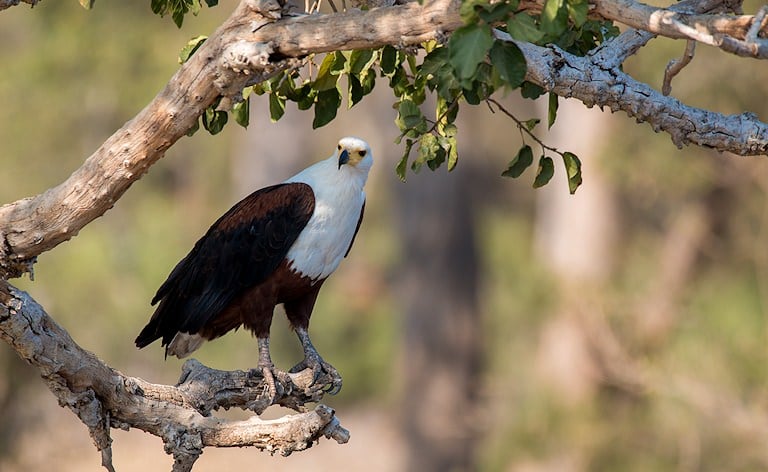
Highlights
- Two dedicated game drives in search of Kruger’s big cats, including lion, leopard, and cheetah.
- Opportunities to encounter smaller predators such as hyena, jackal, and African wildcat.
- Guided interpretation of tracking, animal behavior, and predator–prey interactions.
Spotting Kruger’s carnivores is high on the wish list of most visitors, and your second day focuses on searching for these predators in the northern region. Your guide uses up-to-date sighting information, personal experience, and knowledge of local territories to plan two extended game drives. Kruger is home to Africa’s iconic big cats – lion, leopard, and cheetah – as well as smaller felines like serval, caracal, and the African wildcat, all of which prefer different habitats within the park’s mosaic of woodlands and riverine zones.
Other predators that may be encountered include spotted hyena, side-striped and black-backed jackal, and – with luck – the highly endangered African wild dog. Packs of wild dogs cover large distances in search of prey, so seeing them is always a special privilege. Between predator sightings, you are likely to encounter elephants, giraffes, various antelope species, and an impressive variety of birds. Your guide interprets animal behavior, tracks, and vocalizations throughout the day, helping you gain a deeper understanding of how predators and prey interact in this ecosystem.
Day 3: Central Kruger National Park
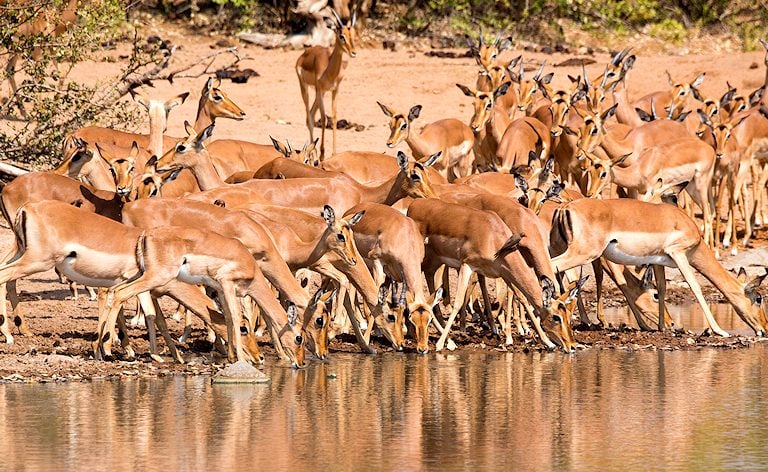
Highlights
- Game-rich transfer from Letaba to Satara through the central plains of Kruger.
- High chances of seeing large herds of buffalo, zebra, and wildebeest on the sweet grass savannas.
- Afternoon game drive in one of Kruger’s best-known lion territories around Satara.
After breakfast, the safari continues south into the central region of Kruger, an area renowned for its productive game viewing. This zone includes extensive open savanna and sweet grass plains that support large herds of grazers such as zebra, blue wildebeest, and buffalo. These prey species, in turn, attract significant numbers of lion, making the broader Satara area one of the park’s best-known regions for big cat sightings. The drive between Letaba and Satara functions as an extended game drive, with regular stops at viewpoints and waterholes.
On arrival at Satara Rest Camp, guests check in and enjoy some time to relax in camp, watching for animals and birds that roam close to the perimeter fence. An afternoon game drive explores the network of roads around Satara, focusing on productive loops where predators and large herbivores are frequently seen. Your guide highlights the difference between browsers like kudu, bushbuck, and giraffe, which feed on leaves, and grazers that rely on grasses, as well as how seasonal rainfall influences animal movements in this central section of the park.
Day 4: Central Kruger National Park
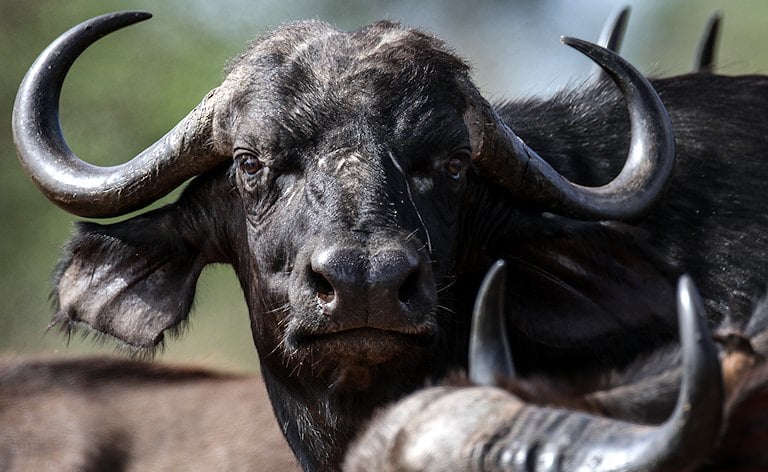
Highlights
- Extended exploration of the central region’s diverse habitats on morning and afternoon drives.
- Possible sightings of rare antelope like roan, sable, or tsessebe in suitable woodland and grassland.
- Excellent birding opportunities with raptors and savanna species complementing the big-game viewing.
The entire day is dedicated to exploring the central plains of Kruger on morning and afternoon game drives. While common species such as impala, zebra, and wildebeest are plentiful, this region can also yield sightings of less common antelope. Roan and sable antelope, Lichtenstein’s hartebeest, and tsessebe occur in small numbers in Kruger, and encountering any of these rare grazers is a memorable privilege. Your guide chooses routes that combine open grassland with patches of woodland, where these species may browse and rest.
Beyond large mammals, the central region also offers rewarding birding, particularly in summer when migratory species add to the diversity. Raptors such as bateleur eagles, martial eagles, and various vultures can often be seen circling above the plains, while smaller species frequent waterholes and roadside thickets. Between drives, there is time to relax in camp, visit the shop or restaurant, or simply enjoy the atmosphere beneath Satara’s large shade trees. The day ends with another classic African sunset and the sounds of the nocturnal bush taking over.
Day 5: Southern Kruger National Park
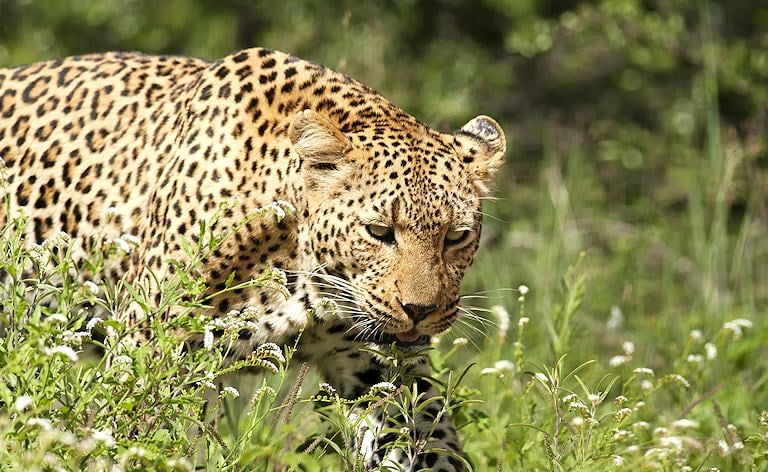
Highlights
- Scenic drive from Satara to Lower Sabie through several distinct eco-zones.
- Check-in at Lower Sabie Rest Camp with sweeping views over the Sabie River.
- Route planning based on up-to-date sighting boards to maximize chances of key predator encounters.
The safari then continues southwards towards the Sabie River valley and Lower Sabie Rest Camp. The transfer between Satara and Lower Sabie is conducted as a leisurely game drive, passing through several distinct eco-zones that differ in vegetation and soils. The southern region of Kruger is particularly productive thanks to good rainfall and nutrient-rich river systems, which support high densities of herbivores and, consequently, predators. Arriving at Lower Sabie, guests check in to a camp renowned for its beautiful setting overlooking a broad stretch of the Sabie River.
Your guide keeps a close eye on the camp’s public sighting boards and recent reports from other travelers and rangers. These boards, typically displayed near the camp restaurant or shop, help identify areas where animals like lion, leopard, and wild dog were seen earlier in the day. Using this information, the afternoon game drive is planned to maximize your chances of finding specific species, often focusing on routes that parallel the river or pass productive waterholes. After sunset, you return to camp for dinner and time to reflect on the day’s sightings.
Day 6: Southern Kruger National Park
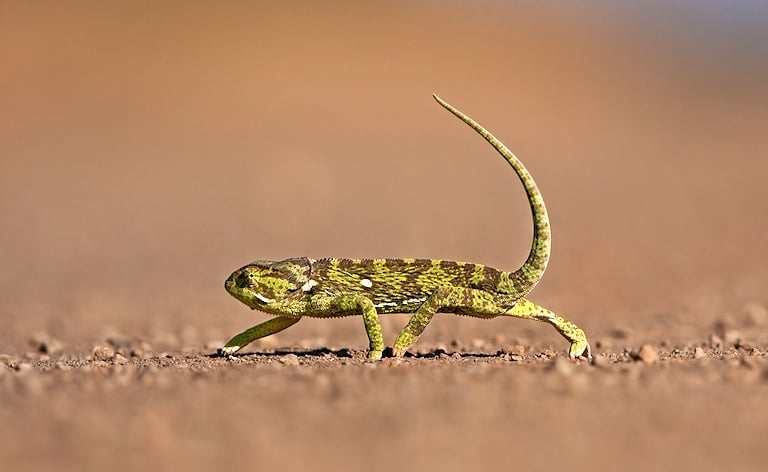
Highlights
- Morning and afternoon safaris along the Sabie River and quieter gravel roads around Lower Sabie.
- Time at waterholes, hides, or viewpoints for relaxed, high-quality wildlife viewing.
- Frequent sightings of elephants, hippos, and diverse birdlife along the river system.
Morning and afternoon game drives on this day focus on the richly productive southern section surrounding Lower Sabie. The extensive road network in Kruger allows your guide to select quieter gravel routes where vehicle numbers are lower and sightings can feel more exclusive. The Sabie River and its tributaries act as a lifeline during dry months, concentrating elephants, hippos, and an impressive diversity of antelope and plains game along the riverbanks. This, in turn, provides excellent opportunities for predator sightings, particularly leopard, which frequently use the riverine trees as vantage points.
During the heat of the day, your guide may choose to spend time at a hide or lookout point overlooking a waterhole or river bend. Simply waiting quietly can yield dramatic encounters as animals come to drink or cross the river. Birdwatchers are rewarded with species such as kingfishers, storks, and large raptors that patrol the watercourses. Between drives, guests can relax on the camp deck overlooking the Sabie River, where it is often possible to see crocodiles, hippos, and other wildlife without even leaving Lower Sabie.
Day 7: Departure
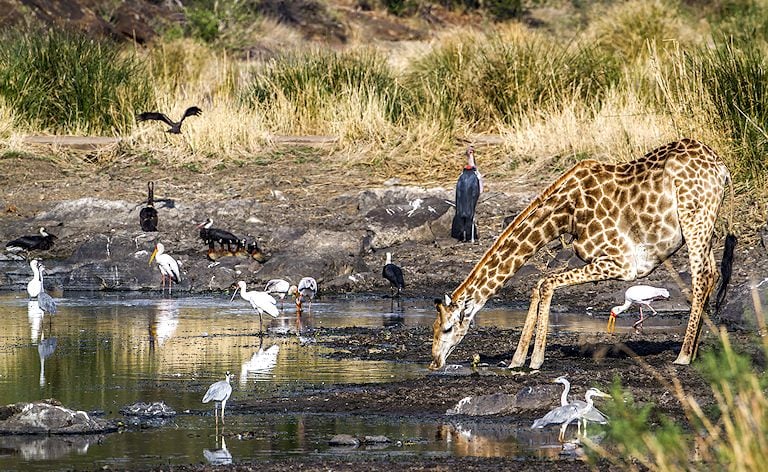
Highlights
- Final dawn game drive in one of Kruger’s most productive wildlife areas.
- Last photo opportunities of iconic species and classic Lowveld scenery.
- Comfortable overland return journey to Johannesburg or Pretoria with flexible drop-off.
Your final day in Kruger begins before dawn, when your guide wakes you for a last early-morning game drive in the area surrounding Lower Sabie. This is often one of the most productive times of day, as predators may still be active and many herbivores move towards water after the cool night. It is a final opportunity to seek out any species not yet observed and to capture those last photographs of the Kruger landscape bathed in soft morning light.
After returning to camp, guests enjoy breakfast and complete check-out formalities before beginning the journey back to Johannesburg along the main national highway. The drive out of the park and through the Lowveld provides time to reflect on the diversity of habitats and wildlife encountered during the week. In the late afternoon, guests are dropped off at any convenient location in Johannesburg or Pretoria, marking the end of a comprehensive and in-depth Kruger Park safari experience.
Included
- 2 Nights Letaba Rest Camp
- 2 Nights Satara Rest Camp
- 2 Nights Lower Sabie Rest Camp
- Private African Sky Guide: From Day 1–7
- Private Air Conditioned Vehicle: From Day 1–7
- Only Meals Specified
- None
- All Activities Included in the Itinerary, Unless Stated as Optional
- All Entrance Fees to Places Mentioned in the Itinerary, Unless Stated as Optional
- Tourism Levy
- All Applicable Taxes
- Park Fees, where Applicable
Excluded
- International Airfare (To and From South Africa)
- Personal and Medical Insurance
- Drinks
- Gratuities
7 Day In-Depth Kruger Park Safari
